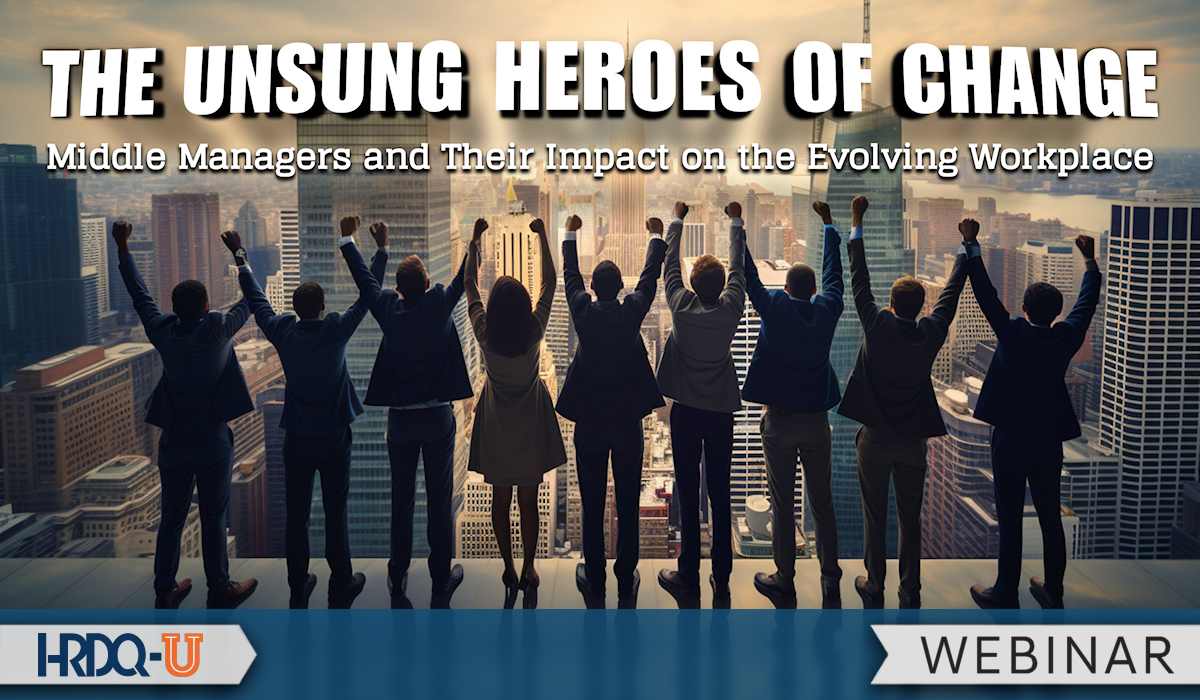Beyond Efficient Meetings and into a Resilient and Healthy Culture
Facilitation comes from the French, faciliter “to render easy,” and from Latin facilis, “easy to do.” Facilitation is about making things easy. At a more technical level, facilitation is “a set of skills and techniques used to guide groups through complex and challenging situations, such as problem-solving, decision-making, and conflict resolution,” explains author Adam Kahane in his book Facilitating Breakthrough: How to Remove Obstacles, Bridge Differences, and Move Forward Together.
Being a skilled facilitator, a learned skill set can improve the efficiency and productivity of meetings. That alone should make most leaders happy; however, facilitation is much more powerful than that. As I have written about in my book Facilitating Leadership: A quick and easy guide to lead with brain heart and soul, facilitation is primarily about creating connections. These connections can be with ourselves, with other individuals, with knowledge, with purpose, and with possibilities.
In his book, The Advantage: Why Organizational Health Trumps Everything Else in Business, Patrick Lencioni researched Fortune 500 companies and identified that organizations that are healthy, not just smart, end up outperforming their competition and a whole host of other benefits. He argues that the four keys to organizational health are: 1) Build a cohesive leadership team, 2) Create clarity, 3) Over-communicate clarity, and 4) Reinforce clarity.
The clarity that he sees as crucial to an organization in step 2 and then communicated in steps 3 and 4 answers six crucial questions:
- Why do we exist?
- How do we behave?
- What do we do?
- How will we succeed?
- What is most important right now?
- Who must do what?
While it makes sense for these questions to be clear at the highest strategic level, the only way an organization will be healthy is if the answers to these questions are ever-present in the day-to-day interactions of the teams. This is where facilitation and middle managers come in.
These characteristics live and breathe in the everyday boring meeting. Meetings are a fractal of organizational health and culture at large. The DNA of how you want people to treat each other, and what values to embody come alive and are also reinforced dozens or hundreds of times a week.
The meetings we have in our organizations create a rhythm of interaction. This cadence creates an organizational heartbeat where organizational health culture gets created, challenged, and reinforced.
Yet, most of the time, these important spaces don’t get used that way. They often lack clarity and intent, and we focus on updates and presentations that could be communicated in other formats. Amidst constant change, these meetings are ideal moments to help teams reconnect, readjust, and realign with the organizational goal and vision. Furthermore, by consistently facilitating with care, middle managers help organizations walk the talk when it comes to a people-first culture. Teams become more creative, collaborative, and committed over time. And companies gain strategic advantage through organizational health and resilience.
How to Facilitate Meetings to Support Organizational Health
While there are many books and blogs on the topic of facilitation, I would be remiss if I didn’t leave you with some guidance.
Imagine you are in a classroom, and your teacher enters with a jar of big rocks, small pebbles, and sand. The teacher challenges the class to fit all the rocks, pebbles, and sand into the jar. The students eagerly attempt to do so but fail. The teacher then demonstrates how everything can fit by putting the big rocks in the jar first, followed by the pebbles, and then the sand.
The activity teaches that if we focus on the most significant aspects of our lives first (the big rocks), we can still make room for other important things (pebbles and sand). The moral of the story is that prioritizing the essential things in life and making time for
them allows us to fit in everything else important to us. While this story has been used to teach people to focus on the things that matter, it’s also useful when thinking of facilitation. When you are facilitating, your big rocks are:
- The goal of the meeting: This answers the question, “What’s this for?” This is the primary reason why the meeting is taking place. It is the core objective you want to achieve by the end of the meeting. The goal serves as a guiding principle for all the decisions you will make throughout the event. Update meetings will be different than brainstorming meetings.
- The audience: This answers the question, “Who’s it for?” While you may meet with the same team every week, really understanding their learning styles, their communication patterns, and the group dynamics will allow you to design the meeting in a format to support their unique dynamic and, in doing so, reinforce cultural elements of the organization. Doing an update meeting for a group that checks out after presenting for 10 minutes will require you to think of more creative ways to provide updates for that group.
- The constraints: This answers the question, “What’s non-negotiable?” Constraints refer to the limitations you must work within to achieve the goals of the meeting. These constraints may include time, resources, or even the physical space. Designing an effective meeting for a hybrid team is different than for an all-in-person team.
By thinking about these big rocks, you are able to create meetings where the organizational culture can be created and reinforced in a more intentional way. For example, if your organization values innovation, how will you design for that in the way you have your meetings? It doesn’t mean doing brainstorms every time, but it might mean asking check-in questions about a risk individuals took the previous week and what they learned from it.
The Road Ahead
In this changing landscape, one truth remains constant – the human element. The 21st-century workplace needs facilitator-leaders who can foster understanding across fault lines and navigate complexity with care. This new type of leadership is called “facilitative leadership.” As middle managers grow into this role, they transform their teams into high-functioning facilities of health, collaboration, and continuous learning. And they propel organizations into the future with vision, values, and collective power united behind them.
The stakes are high, but the potential is immense for middle managers bold enough to facilitate transformative health from the inside out. Their commitment reaps untold dividends in performance, culture, and readiness for whatever lies ahead. By walking the talk as facilitators, middle managers become guides into a thriving future, no matter how complex the path.
We recommend supervisory skills training.
















